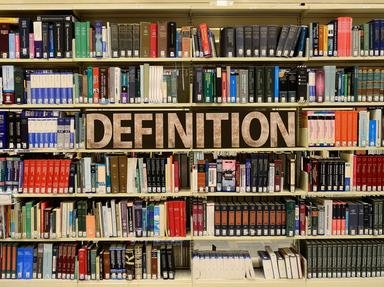Quiz Answer Key and Fun Facts
1. Tegucigalpa is the main city of the Republic of Honduras. Which seven-letter word can be formed with the letters of Tegucigalpa that describes the role that the city has in the country?
2. Which of these nine-letter words, that can be formed using only the letters in Tegucigalpa, is an adjective that means ending in a sharp point?
3. Albert Camus published in 1947 a novel that has as the background a cholera epidemic that devastated the Algerian city of Oran. What word formed with the letters in Tegucigalpa completes the title of the novel: "The ----"?
4. What is the name of a flower that reminds us of the Netherlands that can be formed with the letters of Tegucigalpa?
5. Which seven-letter word, that can be formed with the letter in Tegucigalpa, refers to a type of landform in Honduras whose names are Siguatepeque, Santa Rosa, La Esperanza and Santa Ana?
6. What English word that can be formed from the letters in Tegucigalpa is the type of the official residence of the president of Honduras? It is the same type of residence for Queen Elizabeth II.
7. The Russian novelist Aleksander Solzhenitsyn published in 1973 a book that had as background his experience in labor camps. Which word that can be formed with the letters in Tegucigalpa, completes the title of his book "The --- Archipelago?
8. These four three-letter words can be formed with the letters of Tegucigalpa. Which one refers to the object of studies by the monk and scientist Gregory Mendel?
9. Palate is a word that can be formed with the letters of Tegucigalpa. In your body, where can the palate be found?
10. When someone makes a lot of unnecessary fuss about something, it is common to say "to make a storm in a ----". Which of these words is the only one that can be spelled using the letters of Tegucigalpa and completes this idiomatic expression?
Source: Author
masfon
This quiz was reviewed by FunTrivia editor
ponycargirl before going online.
Any errors found in FunTrivia content are routinely corrected through our feedback system.
